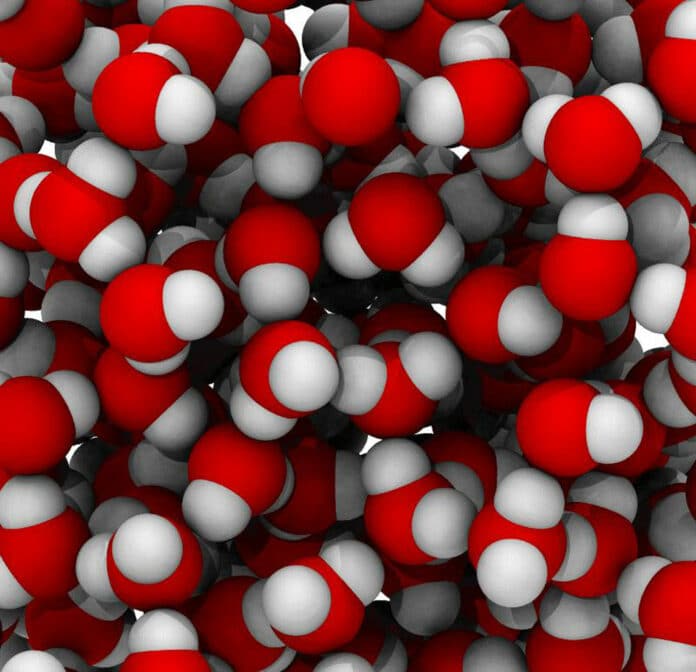A longstanding question in water research is the possibility that supercooled liquid water can undergo a liquid-liquid phase transition (LLT) into high- and low-density liquids. Studying this phenomenon in lab is kinda impossible as water crystallizes into ice so quickly at such low temperatures.
Hence, Georgia Institute of Technology scientists use machine learning models to understand water’s phase changes. Thanks to this technique, scientists found solid computational evidence supporting water’s liquid-liquid transition that can be applied to real-world systems that use water to operate.
To better understand water interaction, scientists used several complementary molecular simulation techniques. They ran molecular simulations on supercomputers, which Gartner compared to a virtual microscope. Their machine learning model was trained on density functional theory calculations with the SCAN exchange-correlation functional.
They carefully observed the movements of water molecules. At the same time, they characterized the liquid structure at different water temperatures and pressures, mimicking the phase separation between the high and low-density liquids. (Scientists collected extensive data — running some simulations for up to a year — and continued to fine-tune their algorithms for more accurate results.)
The researchers used a machine learning technique to determine the energy of the interactions between water molecules. This model dramatically accelerated the calculation compared to conventional methods, which significantly improved the efficiency of the simulations.
Gartner said, “One of the challenges with this work is that there’s not a lot of data that we can compare to because it’s a problem that’s almost impossible to study experimentally. We’re pushing the boundaries here, so that’s another reason why it’s so important that we try to do this using multiple different computational techniques.”
Extremes that are probably not present on Earth directly but might exist in other water habitats in the solar system, from the oceans of Europa to the water in the heart of comets, were some circumstances that the researchers evaluated. These discoveries may also aid in developing more accurate climate models and a better understanding of the peculiar and complex physical chemistry of water and its usage in industrial activities.
Gartner said, “The work is even more generalizable. Water is a well-studied research area, but this methodology could be expanded to other difficult-to-simulate materials like polymers or complex phenomena like chemical reactions.”
“Water is so central to life and industry, so this particular question of whether water can undergo this phase transition has been a longstanding problem. If we can move toward an answer, that’s important. But now we have this really powerful new computational technique, but we don’t yet know the boundaries, and there’s a lot of room to move the field forward.”
Journal Reference:
- T.E. Gartner, III, P.M. Piaggi, R. Car, A.Z. Panagiotopoulos, P.G. Debenedetti, “Liquid-liquid transition in water from first principles,”* Phys. Rev. Lett., 2022. DOI: 10.1103/PhysRevLett.129.255702
